I’m gonna nerd out on blade profile for a minute. Actually while drafting this out as an Instagram post I decided to add a little blog section to my website so I can go in depth if I desire. So here it is my first blog post -
I’ve been considering the impact profile curve or “belly” has on wood carving knife performance and here are my findings. First off I’ll say I have two distinctly different ways in which I carve, that being green wood logs for spoons and kiln dried boards for tool handles and hook sheaths. Overall I would say that the green wood approach is easier, not only because the wood is softer and more mellow, but because from a log I have more control over the way grain flows through my desired form. I can skew the entire form within the log so that the knife is always gently crossing grain fibers and preventing the knife from getting stuck tracking down grain and tearing off huge chunks of wood. There will be tricky spots, but I won’t have an entire spoon or project made up of all tricky spots. Boards make it easier to use a drill jig to fit a blade, use handle shape templates and follow tighter standards when making lots of the same or similar knife handles. But I have no control over grain flow. I have what I have in a 5/4” board (lumber talk for 1”) and the form needs to the fit into it. No skewing across grain is allowed in many cases. Since boards are usually sawed pretty straight down the tree you end up with a lot of pieces where the knife follows the grain too perfectly. You know the challenge this poses if you have ever tried making a strong pair of chop sticks. Everything is going great and suddenly “split!!!” You just lost half the chop stick in a grain tear out. When ever possible I will chose a part of the board that gently crosses the grain and make my life easier, but it’s usually only a portion of each board that allows it. BTW, those are the handles that usually feature chevron patterns like the knife handle below.
This is a good example of what it means to skew across the grain. Too far and you’re going cross grained, which is really hard on the hands and knife, and makes items weaker. Gently crossing the grain is the sweet spot for carving fast and without tricky spots. Also hook handle are finished with a scraper to really unify the facets as one flat plane, cheating a bit ;)
So with these too distinctly different situations I have grown to appreciate two distinctly different knives. For spoons I usually pick the low belly sloyd style, the straightest blades you see me regularly make, that feature just an ever so slight curve. The straighter curve helps to lock in long planning cuts and the fine tips allows you to make successful cuts in tighter inside curves. Spoons are curvy and you usually have more outside curves than inside curves, the only inside curve being the skinny neck, where you’ll likely rely on and need the thin tip to cleanly get you through. Those long planing cuts progress easily as long as they are gently crossing the grain fibers not following them or . My knife handles are all fairly straight lines that follow the grain annoyingly close most of the time. Here I find that the blade with a more dramatic belly or curve is able to negotiate in and out of those slight changes and prevent tear out situations of getting stuck in the grain. When carving tools handle and sheaths all of my cuts are shorter. Rarely can I engage at one end and follow through to the other. The facets you see on the handles are the result of many small cuts, often changing directions many times along the length of the facet. Attempting the bold long cuts I make on my spoons will certainly lead to disastrous tear out and failure to cleanly complete the project. The bellied blade is so good at negotiating these small short cuts in and out of the grain fibers, entering and then cleanly exiting before encountering trouble.
Left and Middle feature the increase in belly, while the Right side is a very low belly traditional sloyd knife shape. Left most has a “snubbed tip” to offer lots of tip strength, best if you want to use the knife in a large variety of situations, from simple whittling, to camp and shop chores. Middle Knife - by swaying the spine a bit you can keep the tip a little finer but still maintain the bigger curve to the cutting edge. This is my handle carving knife.
So hopefully that info informs you on what knife to grab for in what situation. Long and straight will excel in forms with well behaved and mapped out grain flow consisting of lots of nice curves, while a bellied blade will help you negotiate the tricky spots that follow the grain flow to closely.
Next time your carving with your Mora 106 or similar style blade notice which section of the blade you rely on in what type of wood fiber scenario and cut. Now imagine if you could exaggerate that feature to optimize it even further? Or maybe place it differently in relationship to the handle? That’s what I hope to offer in my line of straight sloyd blades, the opportunity to really design knives that excel at completing your style of work.
Alrighty, how did I do? I would not consider myself much of a writer, thanks for reading



